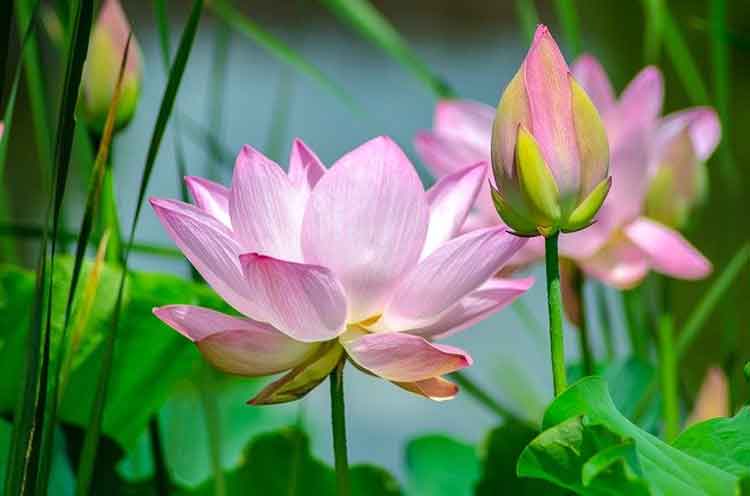Table of Contents
How Do You Go About Planting Flowers?
Today, we’ll discuss the considerations you should make when planting flowering plants at home. Flowering plants always add to the excitement of your garden (and can stop the neighbours in their tracks).

How Do You Go About Planting Flowers?
Year after year, perennials may dazzle. Annuals, on the other hand, can bloom practically instantly. You can start from seed or purchase transplants from a garden centre, but once you’ve chosen your plants, there are a few basic steps to follow to ensure that your flowers thrive in your garden. Before you begin digging, read the instructions on the tag or seed packet that came with your plants so you can match the plants’ demands to the ideal places to grow them.
If you already have flower beds, you can easily fill in any gaps with additional annuals or perennials. Alternatively, you may always start a new flower bed and fill it with all the lovely flowers you want to cultivate.
The Right Plant in the Right Place
Do the plants you chose require direct sunshine, indirect sunlight, or a combination of the two? Begin by placing your plants in a spot where they will receive the light they require (plants that require direct sunlight should be placed in the sun, while plants that require shade should be placed in the shadow). Six hours or more of direct sunlight each day, not necessarily constantly, is considered full sun. Four to six hours of sun per day is considered part shade. Depending on how dark the shade is, the shadow definitions change. A dipping shadow, for example, allows in a lot more light than a deep shadow.
Also Read: Harmful Insects | 20 Most Dangerous Insects to Plants | Pest
Flower Growing Techniques
Healthy soil is the foundation for beautiful flower gardens. Most flowering plants thrive in soil that is loose, well-drained, and rich in organic content. You don’t need to dig a wide area to plant flowers, but you should dig up enough dirt to add compost and enhance soil structure.
To avoid compaction, avoid excavating or handling the soil when it is damp. For roots to grow, plants require a particular amount of space between soil particles. Digging a tiny sample of soil out of a 3-inch hole is one way to see if soil can be worked. Squeeze the soil into a ball and toss it onto a hard surface, such as a rock or sidewalk. It’s too moist to plant if the soil holds together, but if it breaks, it’s time to commence planting.
Start A Fresh Flower From Scratch
Planting flower seeds differs from planting plants from a nursery, so read the seed packaging instructions carefully to understand how deep and far to plant each seed. Plant the soil at the same level as the potted soil with potted garden plants, but check the plant tag to make sure. Irises and peonies, for example, want their rhizomes and roots to be planted too shallowly. Gently tamp away part or all of the soil from the roots while taking the plant from the pot and placing it in the hole you created. Return the soil to the hole, gently firming it but not packing it down.

Soak the Radish in Water and Add It to the Pot (How to Grow Flowers)
Thoroughly soak the earth surrounding your newly planted flowers. Garden flowers require 1 to 2 inches of moisture every week to thrive, so water if there isn’t enough rain. It is preferable to water deeply and less frequently than to water shallowly and more regularly so that the plant roots are deeper. If the soil becomes too wet, the roots of your floral plants may rot. A layer of mulch around your new plants, such as crushed bark, will assist delay evaporation and reduce the amount of water you need to give them.
Take Care Of Your Flowers By Deadheading And Grooming Them
Feel free to cut your flowering plants into bouquets as soon as they begin to bloom. To urge the plant to devote more energy into its leaves and winter existence, clip off wasted flower heads. When you bloom some flowers, such as zinnias, dahlias, and others, they re-bloom. For a cleaner appearance, clip or pluck any brown leaves. The removal of older leaves is very beneficial to daylilies.
Also Watch: Which Flower to offer Lord Shiva to Make him Happy
Today we discussed how to select flowering plants, how to plant flowers at home, and how to enhance the attractiveness of your garden. If you enjoyed this post then please share it with your friends, write about it, and let us know by leaving a comment.